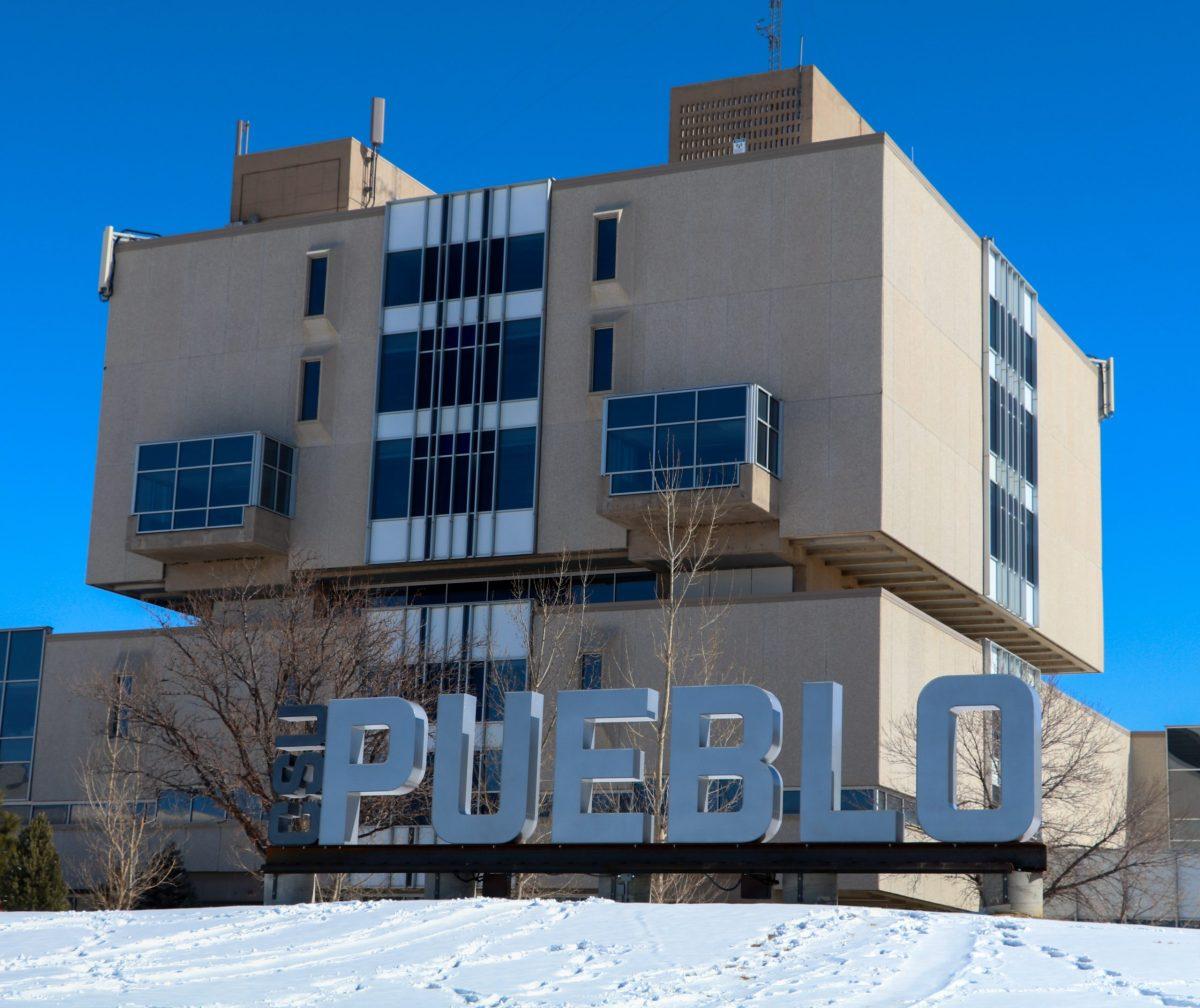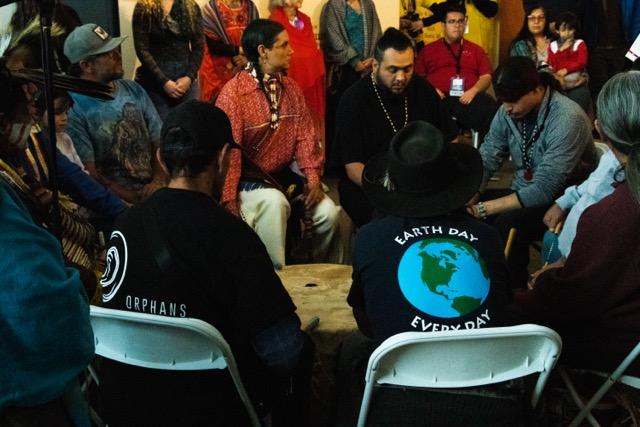
For decades, work-study programs nationwide have assisted students in paying for their education and expenses while giving them an opportunity to develop professional skills.
But not just anyone can qualify for work-study. Filing the Free Application for Federal Student Aid, and being enrolled in a minimum of six credit hours is just part of the process in determining eligibility for the employment program.
“The majority of our work-study students are need based eligible work-study students,” said Gregory Thorsten, Assistant Director of Financial Aid.
Need and no need work-study qualifications are funded differently. Need based is federally funded and no need is state funded. Qualification for one or the other is determined by the FAFSA, the individual’s expected family contribution and cost of attendance.
“For example, the formula is the cost of attendance minus the EFC which is a number derived at from doing the FAFSA. So, let’s say cost of attendance is $20,000 and let’s say my EFC is $1,000. Then I subtract that $1,000 from the 20 (thousand) and the $19,000 then represents need that I could receive aid for,” Thorsten said.
Although the funding sources are separate, the general function for both need and no need work-study is the same. If after the above formula a student qualifies as no need and is not a Colorado resident, they will not be able to receive funding.
“So no need, while it exists isn’t for everyone, it’s only for the Colorado residents. Federal is specifically just for need based students,” Thorsten explained.
Need based eligible students come from various places, but the majority of CSU-Pueblo’s student population is from Pueblo County. According to statistics provided by Shirley Lobato, Program Assistant for the CSU-Pueblo Institutional Research and Analysis department, 1,950 students are from Pueblo County out of the fall 2014 Resident Instruction Headcount total of 4,535, which evens out to about 43 percent.
According to the U.S. Census Bureau, in 2014, Pueblo County had a median household income of $41,974 which was 29.4 percent lower than the Colorado average and 21.5 percent lower than the U.S. average. In 2014 Pueblo County also had a poverty percentage of 19, which was 7 percent higher than the Colorado average and 4.2 percent higher than the U.S. average.
The surrounding region, where the majority of students are from, being poorer than average according to statistics, could possibly explain the reason there are more need based work study students on the CSU-Pueblo campus.
According to Thorsten, each semester approximately 470 students take part in CSU-Pueblo’s work-study program and the total amount designated for work-study out of the university budget is around $118,000.
Work-study students average 10 to 15 hours of work each week and cannot exceed 20 hours, according to the student employment section of the university website. Students can work until they reach their allotted award, which here at CSU-Pueblo is $3,000 for the year, $1,500 a semester, for both no need and need based work-study students. Students cannot exceed their awarded amount.
“There’s amounts of money that we get based on our student population and the number of work-study allocations. We are able to say with a degree of comfort and accuracy based on historical earnings what a student might be able to earn during that term,” Thorsten said.
The Library and Academic Resource Center houses the second largest work-study program on campus with 40 positions, just behind the first largest which is Student Services and Enrollment Management that includes positions in various departments such as admissions, records, financial aid, external affairs and more.
“We have a very small staff for such a big operation. We have only 12 to 13 full time employees I think, and we have 40 part-time work-study students. So we could not operate the library without them. We really appreciate them,” said Rhonda Gonzales, the dean of the library.
In addition to the financial award, students have the opportunity to gain work experience and develop personal and professional skills.
“I know a lot of people have made life-long friends that they still keep in touch with and they meet students that have the same majors as them and then they start forming little study groups … the thing is you kind of want to see all the students excel,” said Kim Hunter, administrative assistant to the library dean.
In addition, Gonzales feels that from work-study, students gain abilities like working in customer service, promptness, answering phones courteously, wearing proper professional attire, and many others that can be easily applied in careers further down the road that students may eventually have.
Work-study is not just for traditional students either. There is no age limit or specific personal qualification for it, which allows for diversity.
“We’ve had everything from traditional 18-year-old freshmen to older non-traditional, married students with families,” Gonzales said.
CSU-Pueblo is a campus with many commuter students and when a student is involved in work-study more time is taken up on or near the campus.
“If you have classes scheduled throughout the day, but you have breaks in between, instead of driving off campus and going home or back to your apartment it’s nice to be able to go to the biology department and work an hour or two in your work-study job and then go to your next class. You’re saving time and wear and tear on your car, and gasoline,” Thorsten said.
If a student is interested in applying for a work-study position, Gonzales and Hunter advise to appear enthusiastic for the job, dress professionally and to have a résumé even if it a single page and the individual has not had much work experience in the past.
For a list of currently available work-study positions, visit www.secure.csupueblo.edu/sfs/studentemployment/jobsearch.asp.









